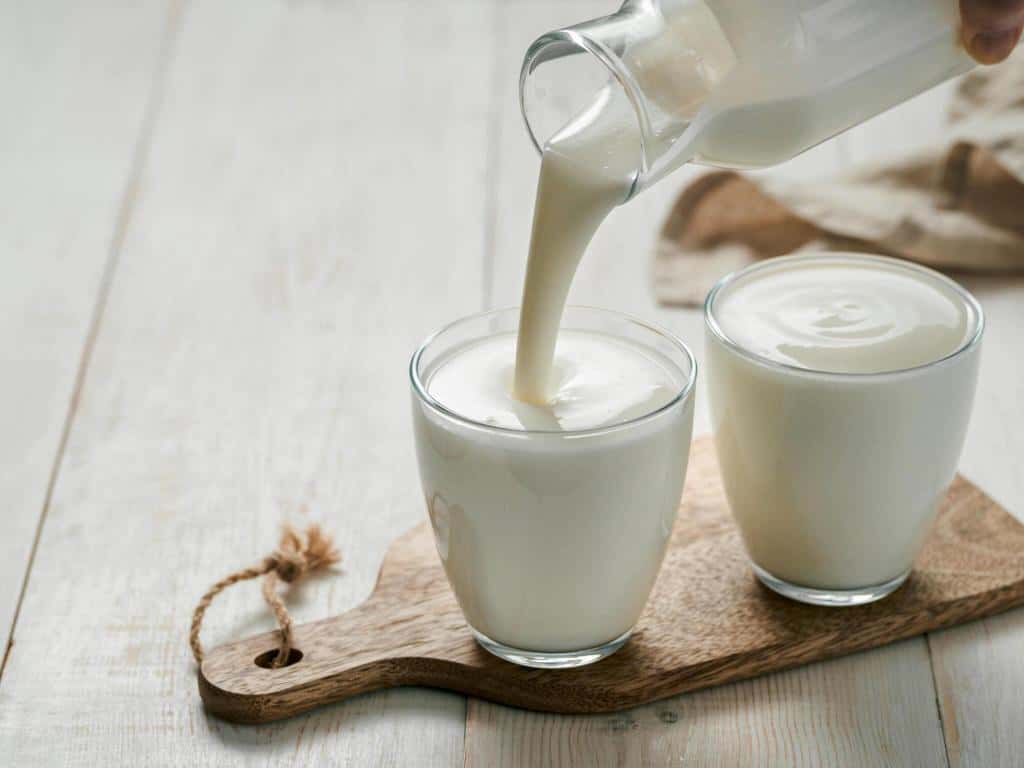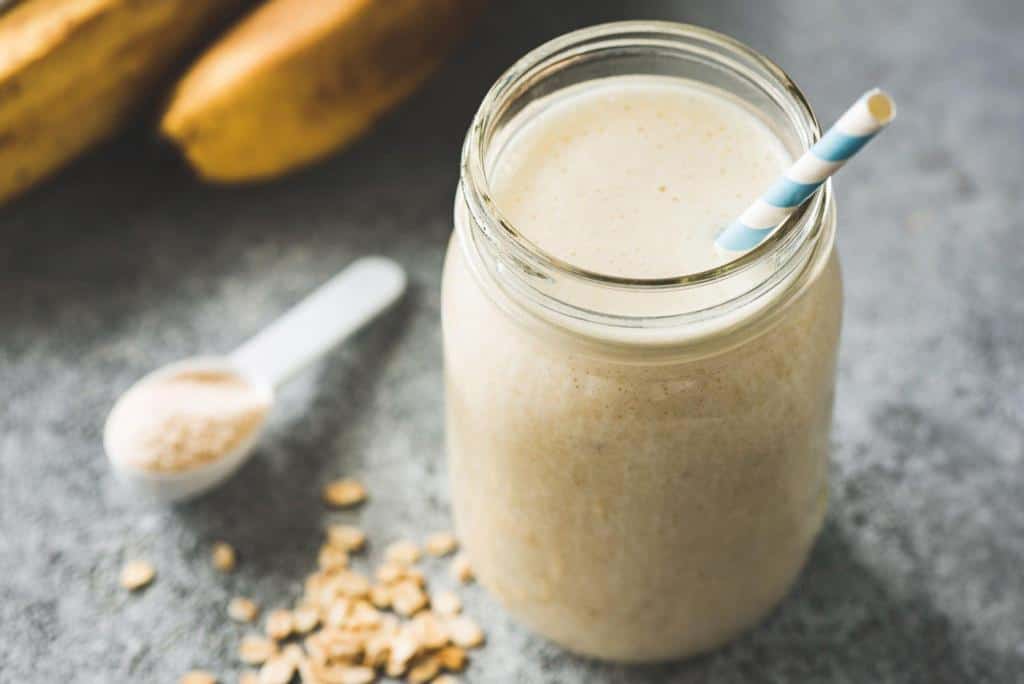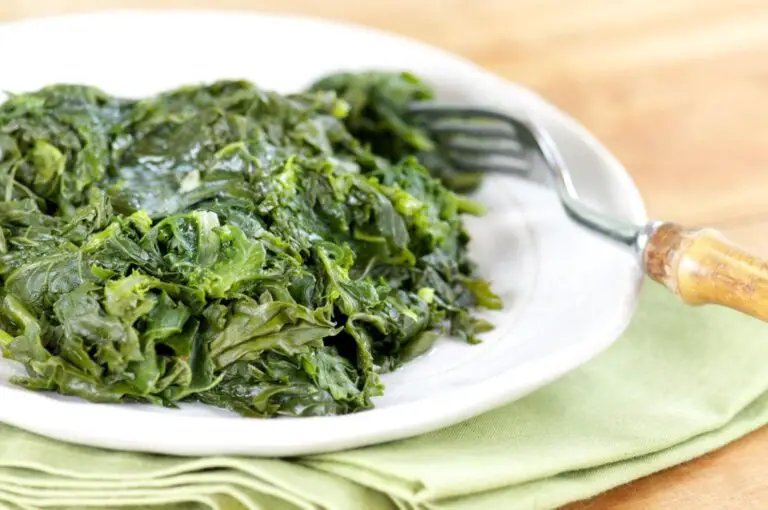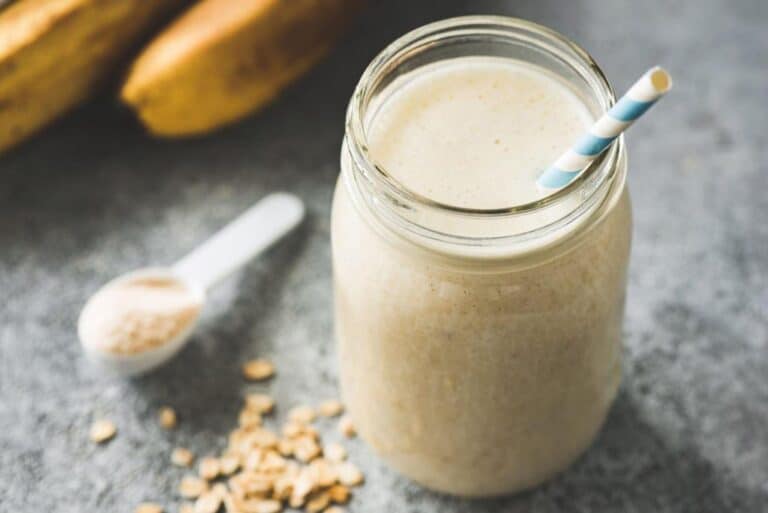How to Reduce Acidity in Milk: Neutralizing Milk Sourness

Have you ever taken a sip of milk that made you scrunch up your face in disbelief? It’s no secret that sometimes milk can taste sour and acidic, leaving us disappointed and reluctant to pour another glass. But have you ever wondered why this happens?
Lactic acid is a naturally occurring byproduct of the fermentation process when bacteria break down lactose. It is what causes the acidity in milk.
But there’s good news! You don’t need to settle for sour milk or let it go to waste. Actually, there are simple ways to reduce the acidity and neutralize its sourness. You can do this while preserving all the nutritional benefits.
Continue reading if you are fed up with discarding spoiled batches. Cringe at each cup of coffee with a splash of sour-tasting dairy. We will guide you through practical methods and expert tips on how to reduce acidity in milk. This will ensure that each creamy sip brings joy instead of disappointment.
Understanding Acidity in Milk
Why does acidity impact the taste of milk, and why do some people find it unpalatable? The answer lies in the chemical composition of milk. The lactic acid that bacteria produce when they ferment lactose, a naturally occurring sugar in milk, is what causes milk to turn sour. This increase in acidity not only alters the flavor profile but also affects texture and aroma.
To understand how acidity impacts taste, let’s delve into pH levels. pH is a measure of how acidic or alkaline a substance is, on a scale from 0 to 14. Pure water has a neutral pH of 7, while anything below 7 is considered acidic. Fresh milk typically has a slightly acidic pH ranging from 6.4 to 6.8 due to its natural components.
However, spoilage or certain factors can cause these levels to rise significantly above normal thresholds. This causes an unpleasant, tangy flavor that overpowers other tastes in the milk.
Some individuals prefer this tangy note for specific applications like artisan cheese making or yogurt production. However, many people find excessive acidity undesirable for regular consumption. It masks the natural sweetness and delicacy of dairy products.
Now that we understand why acidity impacts taste, let’s explore effective ways to reduce acidity in milk. We want to do this without compromising its nutritional value or overall quality.
Factors Contributing to Increased Acidity

Understanding the reasons behind the increased acidity in milk can help us tackle this issue more effectively.
By understanding factors contributing to increased acidity, we can take steps towards preserving optimal freshness and flavor in our beloved beverage. We can replace sour notes with smooth sips of creamy goodness.
1. Enzymes
Natural enzymatic processes that occur over time. As milk ages, the lactose present in it starts breaking down into lactic acid through the action of enzymes called lactases. This conversion leads to an increase in acidity and a sour taste.
2. Microbial Activity
Bacterial growth is a common culprit leading to heightened acidity in milk. Lactic acid bacteria, in particular, can flourish, converting lactose into lactic acid and imparting a tangy flavor.
3. Spoilage and Age
As milk ages, its acidity tends to rise. Spoilage speeds up this process. It’s essential to recognize the signs of sourness to avoid drinking spoiled milk.
4. Temperature Fluctuations
Exposure to fluctuating temperatures can encourage the proliferation of bacteria. This can accelerate the production of acids in milk, especially when stored improperly.
5. Processing Methods
Certain processing methods, like ultra-pasteurization, can impact milk acidity. High-heat treatments may alter the natural pH balance, affecting taste and shelf life.
How to Reduce and Neutralize Acidity in Milk
1. Heat Treatment Method
Heat treatment is a widely-used method for reducing acidity in milk by denaturing enzymes that contribute to the sour taste of milk. When heated, the enzymes that convert lactose to lactic acid stop working. This lowers the acidity and improves the flavor.
To utilize this method effectively, begin by transferring the desired quantity of milk into a saucepan or heat-resistant container. Place it on low to medium heat and slowly warm the milk until it reaches a temperature between 155°F (68°C) and 175°F (79°C). Maintain this temperature range for approximately 10–15 minutes while stirring occasionally to ensure an even distribution of heat.
It’s important not to exceed this temperature range. Excessive heating can destroy valuable nutrients present in milk. Additionally, avoid boiling the milk, as it may alter its composition and texture negatively. Once done with heating, allow the milk to cool down before using or refrigerating it promptly. |
2. Adding Alkaline Substances
If you’re looking to reduce acidity in milk, one effective method is to add alkaline substances. These ingredients modulate pH levels. They help neutralize sourness and improve the taste of your dairy beverages or recipes.
One commonly used alkaline substance is baking soda. This household staple not only acts as a leavening agent in baked goods but also serves as an excellent tool for reducing acidity in milk. When added to acidic milk, baking soda reacts with the acids present and helps bring the pH level closer to neutrality.
A pinch of baking soda to reduce acidity can work wonders. To use baking soda correctly, it’s important to follow the proper measurements. Start by adding just a pinch (around 1/8 teaspoon) of baking soda to a cup of warm or room-temperature milk. Stir well until fully dissolved before tasting it to gauge if more is needed. Remember that a little goes a long way when using baking soda, so it’s advisable to start small and gradually add more if desired.
Other safe alkaline options you can explore include crushed eggshells, which are rich in calcium carbonate. You can also try mixing lemon juice with water as a natural alternative to commercial products like antacids.
Experimentation may be necessary depending on personal preferences and taste sensitivities, but remember not to overdo it; moderation is key when adjusting pH levels in food preparation!
Culturing techniques have been used for centuries to reduce the acidity of milk and improve its taste. This time-honored approach involves the process of fermenting milk with beneficial bacteria, also known as probiotics. When introduced into milk, these live microorganisms work their magic. They convert lactose, the sugar naturally present in milk, into lactic acid.
To culture your own milk, start by selecting a high-quality yogurt or kefir starter culture that contains active cultures. Make sure it contains active cultures, like Lactobacillus bulgaricus or Streptococcus thermophilus. You can easily find these starters at your local grocery store or online. Once you have your starter milk culture ready, it’s time to inoculate the milk.
4. Consuming with Neutralizing Foods
In addition to altering the acidity level of milk itself, another effective way to reduce its sourness is by pairing it with neutralizing foods. Certain food combinations can work wonders at balancing out the acidic taste. They can also enhance your overall enjoyment of dairy beverages and recipes.
One option is to combine milk with alkaline ingredients such as bananas or almonds. Bananas are naturally high in potassium, which acts as a natural buffer against acidity. Blend a ripe banana into your milk-based smoothie. Or, enjoy a banana alongside your morning glass of milk. This can mellow out any sharp, sour notes.
Similarly, almonds offer an alkaline counterbalance that can help neutralize the acidity in milk. Consider adding crushed almonds or almond butter to your cereal bowl. You can also incorporate them into baked goods that include milk.
Furthermore, incorporating whole grains like oats or quinoa into dishes that involve milk can contribute to reducing their overall acid content. Whole grains have an alkalizing effect on the body, aiding in offsetting any sourness from dairy products when consumed together.
Tips for Preventing Future Acidity Issues
One of the best ways to reduce acidity in milk is to prevent it from occurring in the first place. By following the simple steps below, you can ensure that your milk stays fresh and maintains its natural pH balance.
1. Check Expiry Dates Regularly
Keep a vigilant eye on expiration dates. Using milk past its prime contributes to increased acidity. Create the habit of checking labels before purchasing and using milk. Keep an eye on the expiration dates and consume within a few days after opening.
2. Proper Refrigeration
When it comes to storage, it’s crucial to keep milk refrigerated at all times. Milk is highly susceptible to bacterial growth when left at room temperature for extended periods. This leads not only to sourness but also poses health risks.
Store your milk in the coldest part of your refrigerator (usually the back), and make sure the temperature remains between 0°C and 4°C (32°F and 40°F)
3. Quick Consumption
Milk is best consumed within a few days of opening. Frequent use prevents it from reaching a point of increased acidity, maintaining a milder flavor. Freshness significantly impacts taste. Consider buying smaller quantities more frequently. This is better than stocking up on large containers that could go bad before you use them.
4. Choose the Right Container
Store milk in containers that block out light. Exposure to light can speed up nutrient breakdown and increase acidity. Consider container materials that offer excellent light protection. Opaque plastics, glass, or stainless steel containers are ideal choices. They create a shield against harmful light exposure.
Choosing a container that provides optimal light protection ensures your milk stays fresher for a longer period. It also maintains its nutritional value and prevents an unwarranted rise in acidity.
5. Cleanliness and Hygiene
Dairy farms must adhere strictly to sanitary practices during milking. They should use clean equipment to ensure minimal bacteria are present initially. Similarly, consumers should handle milk hygienically. They should wash their hands before pouring or serving it into glasses or other containers.
5. Explore Alternative Milk Sources
If traditional cow’s milk consistently causes acidity issues, consider alternative options. Try almond, soy, or oat milk. These alternatives often have a naturally lower acidity level.
6. High Quality and Fresh Milk
Purchasing fresh, high-quality milk is equally important in preventing acidity issues. Opt for reputable brands or local dairy farms known for their reliable production practices. Check packaging details, such as the manufacturing date, and choose products with longer shelf lives if possible.
In addition to proper storage and thoughtful purchasing decisions, maintaining milk quality from farm to table impacts its overall acidity level.
| Read: Can You Drink Sour Oat Milk? |
Culinary Alchemy: Creating pH-Balanced Dairy Products
Exploring the art of crafting dairy products with optimal pH levels creates a world of culinary possibilities. We can unlock new flavors and textures by understanding how acidity affects different dairy items. Otherwise, they would remain hidden.
Take yogurt, for example. The tangy taste that many people love in yogurt is actually due to its acidic nature. However, by manipulating the acidity levels, you can create a yogurt that satisfies your personal taste preferences.
Cheese enthusiasts can also benefit from delving into the realm of pH-balanced dairy creations. Acidity plays a crucial role in cheesemaking. It influences the texture, flavor complexity, and shelf life of different varieties. Exploring how to balance acidity allows you to experiment with unique tastes while ensuring proper ripening and aging processes.
Conclusion
To effectively reduce acidity in milk, it is essential to understand the role of acidity and its impact on taste. Lactic acid, which bacteria produce during fermentation, is the main cause of acidity in milk. Over time, these bacteria consume lactose (the natural sugar found in milk) and convert it into lactic acid, leading to sourness. The presence of lactic acid gives milk a tangy flavor that many find unappetizing.
Temperature, shelf life, and storage techniques are other variables that can affect the level of acidity. Extended exposure to heat or leaving milk out at room temperature for too long can increase acidic properties. This happens because bacteria can grow and make the milk more acidic. Additionally, inadequate refrigeration can accelerate bacterial growth and further amplify the sourness.
By understanding how acidity develops in milk, we can explore effective methods for neutralizing it without compromising its nutritional value or taste profile. With a few simple techniques and ingredients found at home, you can easily reduce or eliminate unwanted sourness from your favorite dairy recipes. You can also enjoy a smoother cup of coffee with perfectly balanced flavors.






